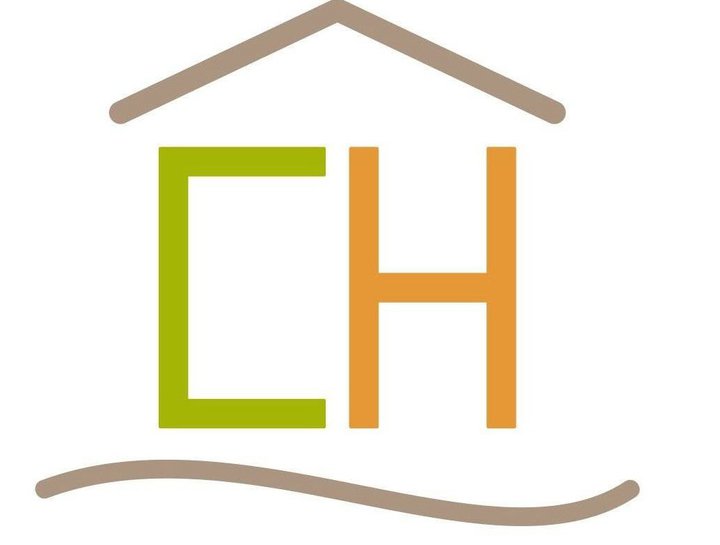New research shows more home buyers expect their homes and communities to play a key role in supporting efforts towards improving their physical health and emotional well-being. Innovative community designs are leveraging the technological choices of tomorrow’s home and extending them into the strategies for forming the “social collisions” that improve community. Social collisions happen when people crossing paths, causing them to connect in a spontaneous way. But, how did we get to this point in our health for the need to revive social engagement through strategic active spaces?
As children, we were taught in school how to make friends, and we had dedicated times for recess along with a variety of well-placed play offerings that together made social colliding effortless. I loved the tetherball courts; between the fierce competition to be tetherball champ for the day and the conversations to recap yesterday’s favorite afternoon cartoon episode while waiting in line, nothing satisfied the experience to socially engage better.
With the journey into adulthood, the care for this part of your well-being slowly became just a long list of advice waiting to enter the consumption of the weight you now bare. Responsibilities come with the accountability that shapes our homes but that doesn’t always equate to a healthy indoor environment that can benefit one’s self, let alone bleed into the health of your community.
Battling the Blues
Achieving happiness is a goal difficult for many people. According to an AARP study, more than 40% of American adults suffer from loneliness, with those feelings of loneliness and isolation affecting all age groups.
Neighborhoods — whether that means an apartment building, condominium complex, or single-family housing development — are increasingly built around open spaces to encourage social interactions. They feature manicured courtyards, playgrounds, tennis courts, swimming pools, grill retreats, and a short walk/drive to the park or beach; but ask yourself these two questions:
- What are your neighbors’ full names?
- When was the last time you and your neighbors gathered together at a social space?
If your answer to one or both is “I don’t know,” then you’re not alone. According to Trulia, although two-thirds of Americans say they like their neighbors, only half actually know their neighbors’ names. With the closest opportunities for social collisions to occur near you via your neighbors, the question that’s so difficult for people to answer is “How do I create social collisions?” The answer lies in the design of their outdoor environments.
Creating Social Collisions
By designing and building “connected neighborhoods” that foster higher levels of social engagement through active spaces and flow, we can revive the health of home and community interchangeably. For example, social collisions are much more likely to occur if the neighborhood development incorporates design elements such as walking or bike paths that lead neighbors from each other’s homes to dedicated social environments with the intent to spark activity and fellowship. This could be the path purposely running along the social hub of a lake front, a fire pit lounge that extends the path of your home grill retreat, the community garden that intersects an area of community dining, or a interactive play lawn that replaces the front porch and street parking.

Recent Comments